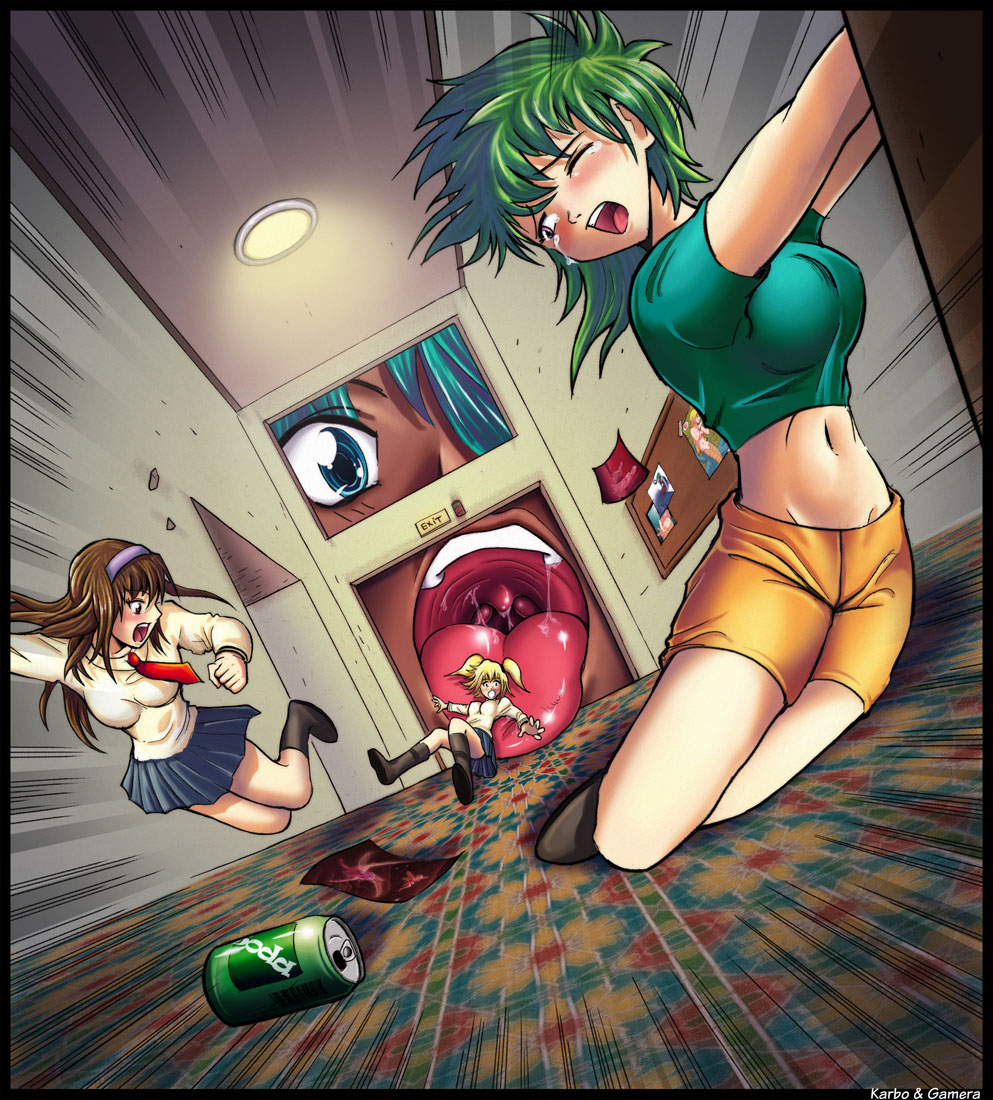For many millennials, the thought of anime brings back childhood memories of watching Pokemon, Sailor Moon or Dragon Ball Z on YTV or Teletoon. They’re lumped in the back of our minds with Power Rangers, SpongeBob and other after-school favorites. But ask any anime fan and they’ll tell you it’s much more than that.

“There’s a couple [misconceptions]. That it’s only for kids or that it’s only for nerds,” says Lacey Texmo a St. Thomas student and anime fan. “But it’s not. Anime is becoming a lot more popular.”
Texmo says shows like Attack on Titan and Death Note, which are on Netflix, have held high appeal for mainstream audiences.
Both series mix dark themes with fantasy and some heavy ethical dilemmas. Anyone who has watched them knows they hold a level of suspense that will keep you glued to your screen, until find yourself cursing the sunrise and remembering that sleep is unfortunately necessary for human beings, unlike shinigami.
“A lot of people who like anime, just like animation in general. They’re fans of Pixar, Disney and Dreamworks,” says Texmo. “In America, cartoons are seen as something for children. But in anime, there’s a freedom for creators to create whatever they’d like.”
According to STU professor Christine Cornell, who’s attended more conventions than she’s able to count, anime first started making its way into Western culture after World War II. She says conventions have been around for years, though only recently have made it into pop culture.
Cornell also says that video games, like Final Fantasy, along with growing internet technologies, have played a significant role in bringing anime into the mainstream. She says services like Netflix and YouTube, along with other “somewhat illegal” internet activities, have made it possible to access anything online.
“Our culture seems to be at a moment where there’s just greater acceptance of fantasy in general,” says Cornell. She says fantasy shows like Game of Thrones have helped pique the public’s interest.
According to Cornell, younger generations are also more open-minded when it comes to animation. We may not know exactly why, but a mixture of exposure to anime as children and the emergence of “adult cartoons” like the Simpsons, and now Archer, may have helped in the process.
It also seems that women are increasingly receptive to anime. According to Cornell there have been “a lot of social changes in that way,” and it’s easier to find “really strong female characters.”
Kim Burch organizes Animartimes, Atlantic Canada’s annual anime, manga and gaming convention, and says that events like her own and Comicon not have popularized anime. Instead, they demonstrate how large the underground community truly is and allow them opportunities to interact.
“I like conventions not only because of the people, who understand my feelings about Wolf’s Rain and how I cried like a baby at the end and how it tore apart my soul, but because it allows them to feel comfortable talking about it,” says Burch.
Not only are fans able to talk about the latest series, they can show off their own talents by cosplaying as their favourite characters or by entering in fanfiction or drawing contests.
Burch says conventions allow people who are interested in anime the freedom to express themselves without judgement. No one feels too old, too geeky or too weird.
